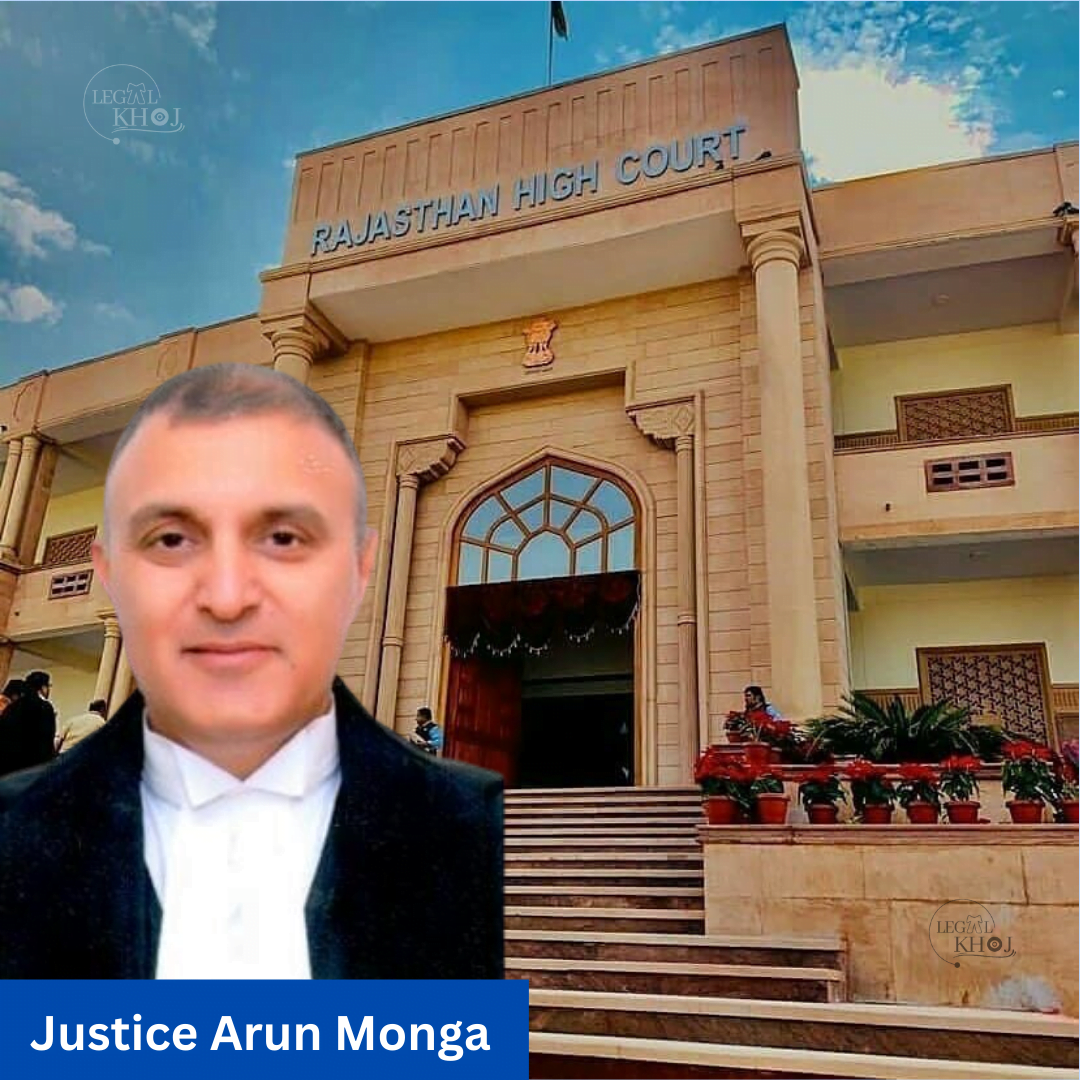Supreme Court Summarizes 8 Principles Regarding the Scope of Review
In a recent ruling, the Supreme Court clarified that a change in the law does not constitute sufficient grounds for a review. The decision was made by a bench of Justice A.S. Bopanna and Justice Bela M. Trivedi in response to a review petition seeking to reassess a prior judgment and order issued by the Supreme Court.
Context
The case revolved around a Civil Appeal filed by the Appellant-State Tax Officer against the Respondent-Rainbow Papers Limited, a corporate debtor. The appeal challenged the Judgment and Order passed by the National Company Law Appellate Tribunal, which had dismissed the Company Appeal filed by the appellant. This appeal was in response to an order from the Adjudicating Authority, which rejected the appellant’s application, stating that they could not claim a first charge over the property of the Corporate Debtor, as per Section 48 of the Gujarat Value Added Tax 2003, in light of Section 53 of the Insolvency and Bankruptcy Code (IBC).
The Trial Court had ruled that Section 48 of the GVAT Act was not contradictory or inconsistent with Section 53 or any other provisions of the IBC. According to Section 53(l)(b)(ii), the debts owed to a secured creditor, including the State under the GVAT Act, were to rank equally with other specified debts, including debts related to workman’s dues for a period of 24 months preceding the liquidation commencement date.
The Supreme Court emphasized that the power to review its judgments is granted by Article 137 of the Constitution of India, but this power is subject to the provisions of laws enacted by Parliament or the rules established under Article 145. The Supreme Court has framed the Supreme Court Rules, 2013, and Order XLVII of Part IV of these rules deals with the provisions of review.
In civil proceedings, a review application is only considered based on the grounds specified in Order XLVII Rule 1 of the Code of Civil Procedure, and in criminal proceedings, it can be based on an error that is apparent on the face of the record. Notably, neither Order XLVII CPC nor Order XLVII of the Supreme Court Rules restricts the remedy of review solely to the parties to the judgment under review. Even a third party involved in the proceedings, provided they consider themselves an ‘aggrieved person,’ can seek a review petition, as long as they have been affected by the judgment and order passed by the Court in some manner.
Also Read –Three High Courts Await New Chief Justices, Says Supreme Court Collegium
Analysis by Supreme Court
The Supreme Court referred to the case of Beghar Foundation vs. Justice K.S. Puttaswamy (Retired) and Others, in which it was held that a change in law or a subsequent decision or judgment by a co-ordinate Bench cannot, in itself, be a valid ground for review. The bench clarified that one co-ordinate Bench should not comment on the decisions or judgments of another co-ordinate Bench of equal strength. If a Bench disagrees with a decision on a legal question by another Bench of equal strength, the appropriate course of action is to refer the matter to a larger Bench for a definitive decision. This approach helps avoid legal uncertainty arising from conflicting judgments.
The Supreme Court emphasized that a co-ordinate Bench cannot critique the judgment of another co-ordinate Bench of equal strength, and a subsequent decision or judgment by a co-ordinate Bench or larger Bench, by itself, does not constitute sufficient grounds for review. The arguments made by the Counsels for the Review Petitioners, claiming that the court in the impugned decision had failed to consider the waterfall mechanism under Section 53 and other IBC provisions, were deemed factually incorrect. The Supreme Court had indeed considered the Waterfall mechanism under Section 53 of IBC and other IBC provisions when determining the priority for distributing the proceeds from the sale of liquidation assets.
Conclusion
Ultimately, the bench concluded that the well-considered judgment under review did not fall within the scope and ambit of a review. The Counsels for the Review Petitioners had failed to demonstrate any mistake or error apparent on the face of the record in the impugned judgment, and they could not bring the case within the parameters established by the Supreme Court in various decisions for reviewing the judgment. As a result, the Supreme Court dismissed the review petition.









Leave a Reply